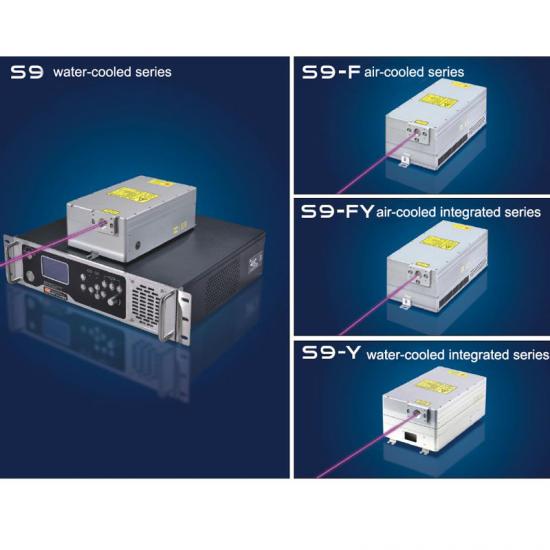Latest Blog
Application of industrial nanosecond solid-state laser in buffer material cutting
Jul 25 , 2022Application of industrial nanosecond solid-state laser in buffer material cutting
The mature production process is often inseparable from product packaging and packaging. In order to avoid product damage and destruction due to bumps and falls during transportation, manufacturers need to match the product appearance in the packaging process. Buffer materials. Benefiting from the characteristics of high cost performance, light weight, easy processing and durability, cushioning materials mainly based on sponge, pearl cotton and foam pads have become the key application objects of manufacturers and play an irreplaceable role.
Due to the different sizes and shapes of products and the improvement of modeling quality requirements, the traditional way of cutting buffer materials with knife die has been unable to keep up with the demand. , The cutting quality of hidden corners is not high, and it is often impossible to do one-time molding, etc., with low efficiency and high cost.
In order to better fit the appearance of the product, improve the overall aesthetics, and thus increase the added value of the brand, manufacturers turn to laser cutting with higher efficiency and better cutting quality.

uv laser | green laser | Ultraviolet lasers | uv dpss laser | nanosecond laser | UV laser source | Solid State Lasers
If a worker wants to do a good job, he must first sharpen his tools. Using the industrial-grade nanosecond solid-state laser developed and designed by RFH, using the characteristics of ultraviolet light, it provides an efficient application solution for the integrated cutting and molding of buffer materials.
The 355nm ultraviolet laser brought by it has higher single-photon energy and very high peak power, which can destroy the bonds between molecules, which is equivalent to evaporating the material, and most materials have a higher absorption rate of ultraviolet light, and the coordination is less than With a short pulse width of 25ns, when cutting sponge, pearl cotton and foam pads, which are very sensitive to thermal effects, the thermal effect is small, not easy to deform, and the cutting edge is almost free of carbonization.
Its beam quality is excellent (M2<1.2), and the spot diameter is very small after being focused by the field lens, only micron level. In the actual process of cutting the buffer material, the width of the incision can be very narrow, the cutting is more accurate, and the edges are neat, which means The material utilization rate is higher, helping manufacturers reduce material costs.
In addition, the flexibility of laser cutting is also very high, the manufacturer can edit the graphics arbitrarily and then input the program to obtain the desired shape, and in a wider range of repetition frequencies (from single pulse to 500kHz), cutting shapes, patterns and operations The repeatability is high, resulting in higher cutting efficiency.
In short, using RFH's industrial-grade nanosecond solid-state laser to cut buffer materials can achieve one-time cutting without secondary processing, liberating manpower, improving efficiency, and a real productivity tool. While the cushioning materials mainly based on sponge, pearl cotton and foam pads are used as "bottom" materials, but after laser processing, they have changed their appearance and become one of the facades displayed by manufacturers. There are many real "machines".